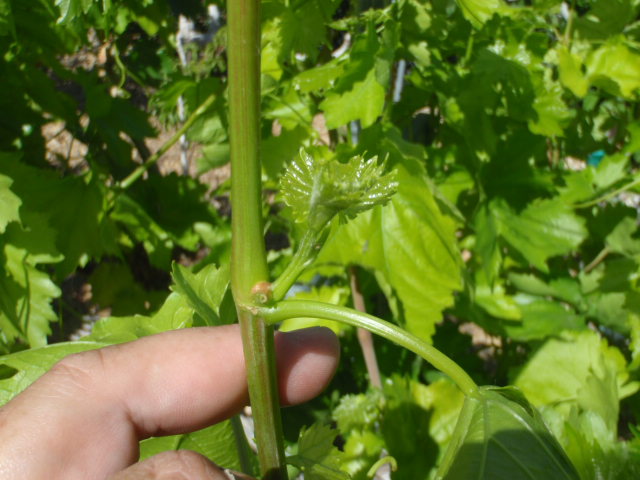Q. When do I feed a 50-year-old pecan tree growing
in our front yard and with what?
A. Pecan
trees do well in our climate. But they are such a large tree and require so
much water you really have to think twice about growing them here in the
desert.
If your pecan tree has been doing
well in the past, then don’t change much. However, fertilizing pecan trees can
mean an increase in the production of nuts and prevent alternate bearing
(producing nuts every other year).
Fertilize in February. If there is
grass under the tree, then use a shovel to apply the fertilizer beneath lawn roots
but above tree roots. Fertilizer is applied in “slits” in the grass about 6 to
8 inches deep. Make these slits in two concentric rings around the trunk and a
distance equal to the spread of it’s canopy.
The fertilizer is applied in the
slit, watered, and the wet slit closed by stepping on it. Water these slits
thoroughly to prevent damaging the grass.
If there is no grass, then apply
fertilizer where water is applied and in a similar manner. Let the water move
the fertilizer to the roots of the tree.
Select a fertilizer with all three
numbers the same such as 10-10-10 or 16-16-16 or 20-20-20. If using 10-10-10,
then apply four pounds of this fertilizer for every inch of trunk diameter at
chest height. If it is 20-20-20, use two pounds; 16-16-16, use three pounds.
Look for leaf yellowing or leaf
growth in bunches at the ends of branches. If you see either of these problems,
apply iron or zinc as well as the fertilizer. If not, then don’t worry about
it.
Water deeply during the growing
season to make sure you get strong growth and flower production. If there is a
late freeze, the tree may not have much, if any, nuts. Both a male and female
tree are needed. If there is no pollenizer tree nearby, you won’t see any nuts
produced.














